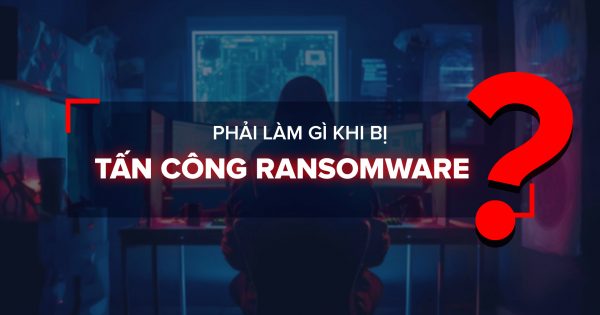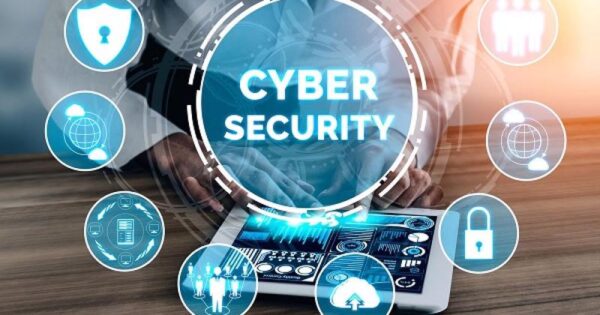
In the final months of the year, consumers in Vietnam and around the world tend to shop more when the commodity market shows signs of stabilization and when Christmas and the Lunar New Year are approaching. This is a golden time for shopping, as well as the month of December in which hackers and scammers can increase their online fraudulent activity.
According to the Ministry of Industry and Trade, the total retail sales of consumer goods and services in the third quarter of 2022 were estimated at VND 1,450.4 trillion, up 3.8% from the previous quarter and 41.7% from the same period the previous year. In the first nine months of 2022, total retail sales of consumer goods and services are projected to increase by 21% over the same period last year, with the first quarter showing a 5% increase, the second quarter showing a 20.1% increase, and the third quarter showing a 41.7% increase.

Crime increase in the last months of the year
E-commerce or shopping applications are believed to be an essential factor in promoting year-end consumption, particularly when consumers prefer online shopping following the Covid-19 epidemic’s fluctuations. This is also the time of year when consumers and sellers are most at risk of hacker attacks if they are not vigilant while shopping online. Here are a few types of attacks that consumers should pay special attention to.
- Impersonating employees of companies/brands giving gifts
Scammers obtain shopper contact information by impersonating post office workers or customer service agents of some companies, who provide warranty upgrade information, promotions, or gift announcements. The gullible consumer will supply information or pay a fee or tax in order to acquire the freebie.
In addition, numerous subjects impersonated bank employees and money-lending companies in order to obtain personal information from users, such as social security numbers, certificate of land use rights, etc.
- Stealing personal information on social networking sites
Numerous subjects commit cyber fraud by stealing personal information from social networking sites and chat applications in order to borrow money, preying on the credulity of victims. Experts recommend that consumers “slow down” in order to verify the veracity of the information exchanged and contact their acquaintances through alternative communication channels.
- Creating fake social media accounts
As the platform for chat applications, social networks make it simple to establish accounts; many con artists take advantage of this to create fake social media accounts. Targets are online merchants on e-commerce websites. In order to steal information and hack the seller’s bank account, the subject will request a bank account number with internet banking, account holder name, phone number, etc. when ordering products online.
To receive money, the scammer will send a message stating that the account has been credited and requesting that the recipient access a link and update all login information and the OTP code.
- Impersonating a banker/police agency/procuracy, etc.
The scammer will pretend to be a bank employee or a police officer and inform you that your bank account is having problems, errors, cases, etc. When a recipient is concerned, they may be tempted to supply a pin code, card information, a phone number, and a link to access the login and account information.
- Creating fake sales and investment information pages
Sophisticated fraud occurs when scammers create fake sales websites. Fake websites or names of reputable sales units, inexpensive sales pages, and inducements for customers to log in to their shopping accounts in order to steal credit card information, or establish websites for financial investments, virtual money with extremely high interest rates. After customers have participated in the investment for a period of time, the objects will actively destroy the fake website in order to steal the customers’ investment funds.
Experts advise consumers to be wary of any information related to requests for personal information or bank account information. In addition to us, users may also create additional multi-factor authentication.
Source: Synthesis


